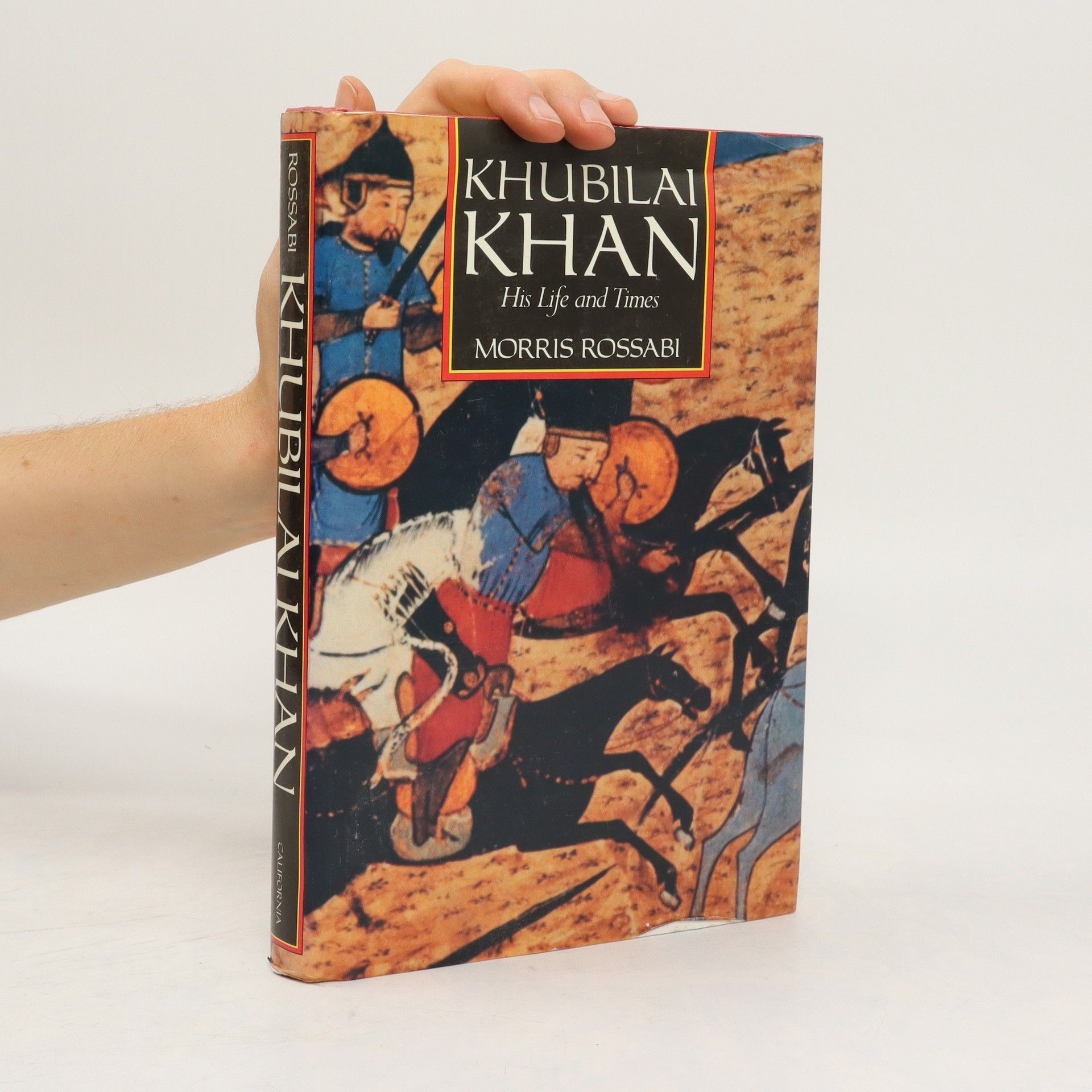Living from 1215 to 1294 Khubilai Khan is one of history's most renowned figures. Here for the first time is an English-language biography of the man. Morris Rossabi draws on sources from a variety of East Asian, Middle Eastern, and European languages as he focuses on the life and times of the great Mongol monarch.Author Biography: Morris Rossabi is Professor of History at Queens College and the Graduate Center of the City University of New York and Visiting Professor at Columbia University.
Morris Rossabi Livres



A History of China
- 448pages
- 16 heures de lecture
Capturing China s past in all its complexity, this multi-faceted history portrays China in the context of a larger global world and incorporates the narratives of Chinese as well as non-Chinese ethnic groups. The book offers a complete political, economic, social, and cultural history of China, covering the major events and trends.
The book provides a comprehensive history of the Uyghur people and their evolving identity from imperial China to contemporary times, emphasizing their complex relationship with the Chinese state. It examines the policies of the Chinese Communist Party, highlighting both progressive and repressive measures affecting the Uyghurs since 1949. Through this lens, the author explores the cultural, political, and social dynamics that have shaped the Uyghur experience in Xinjiang.